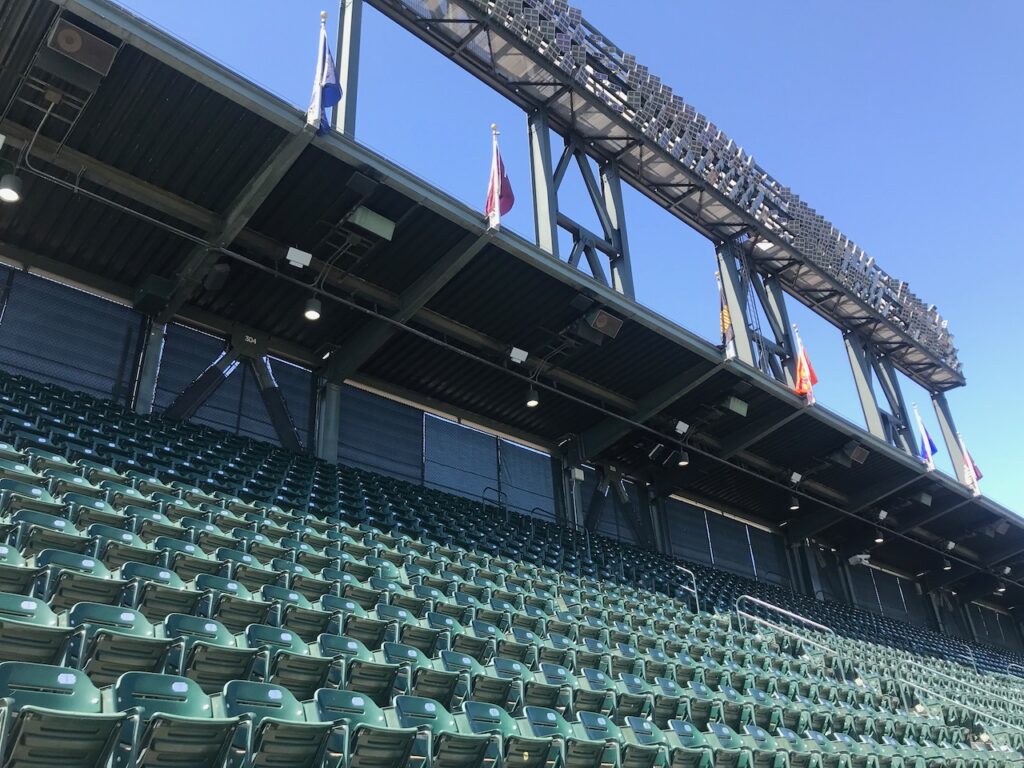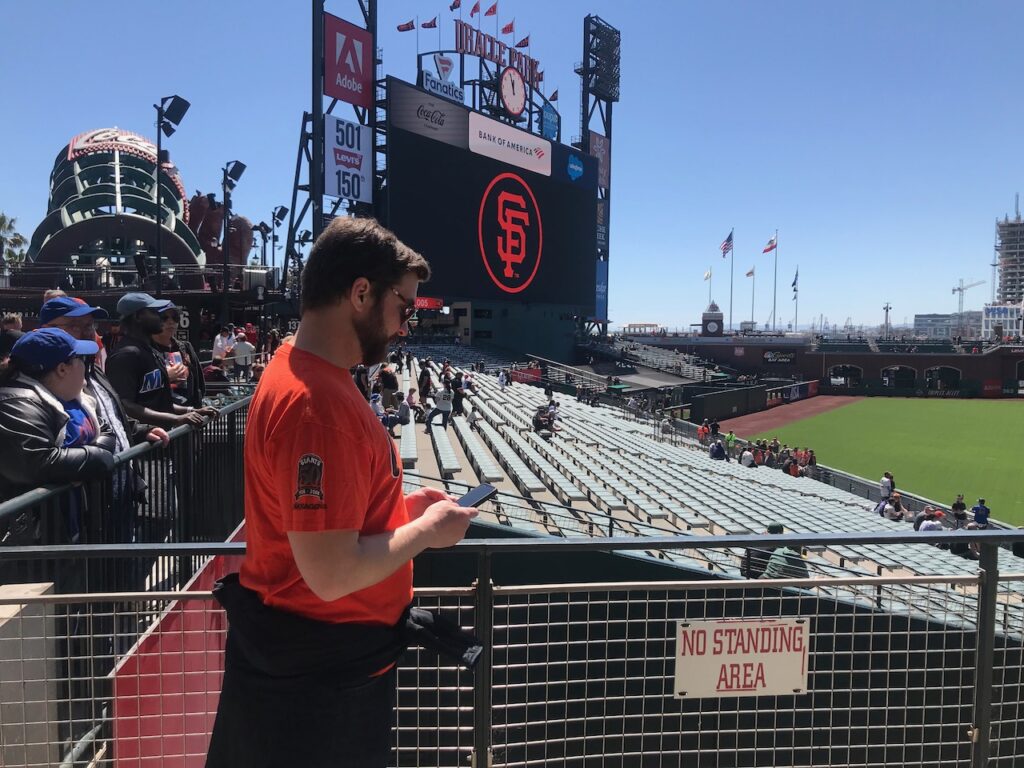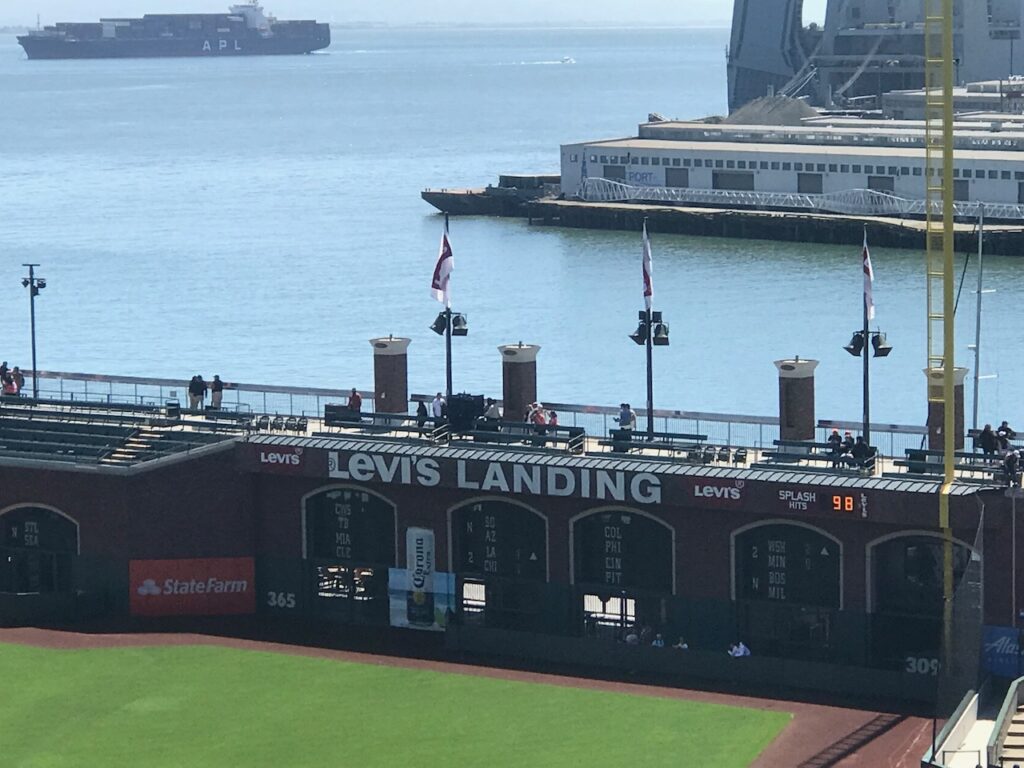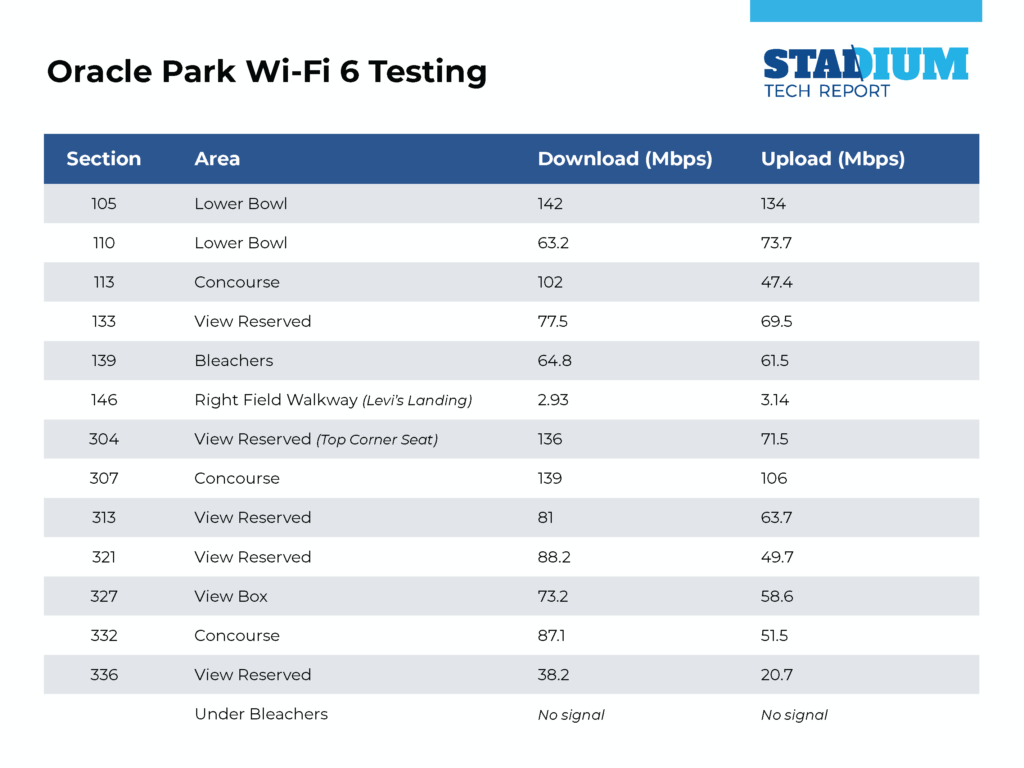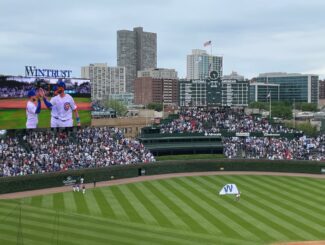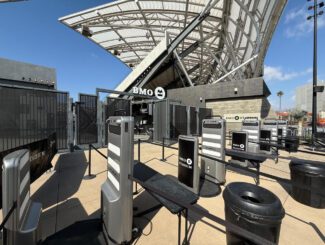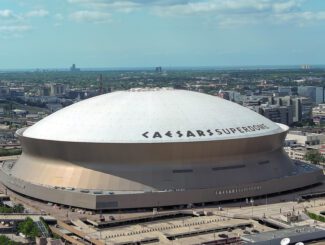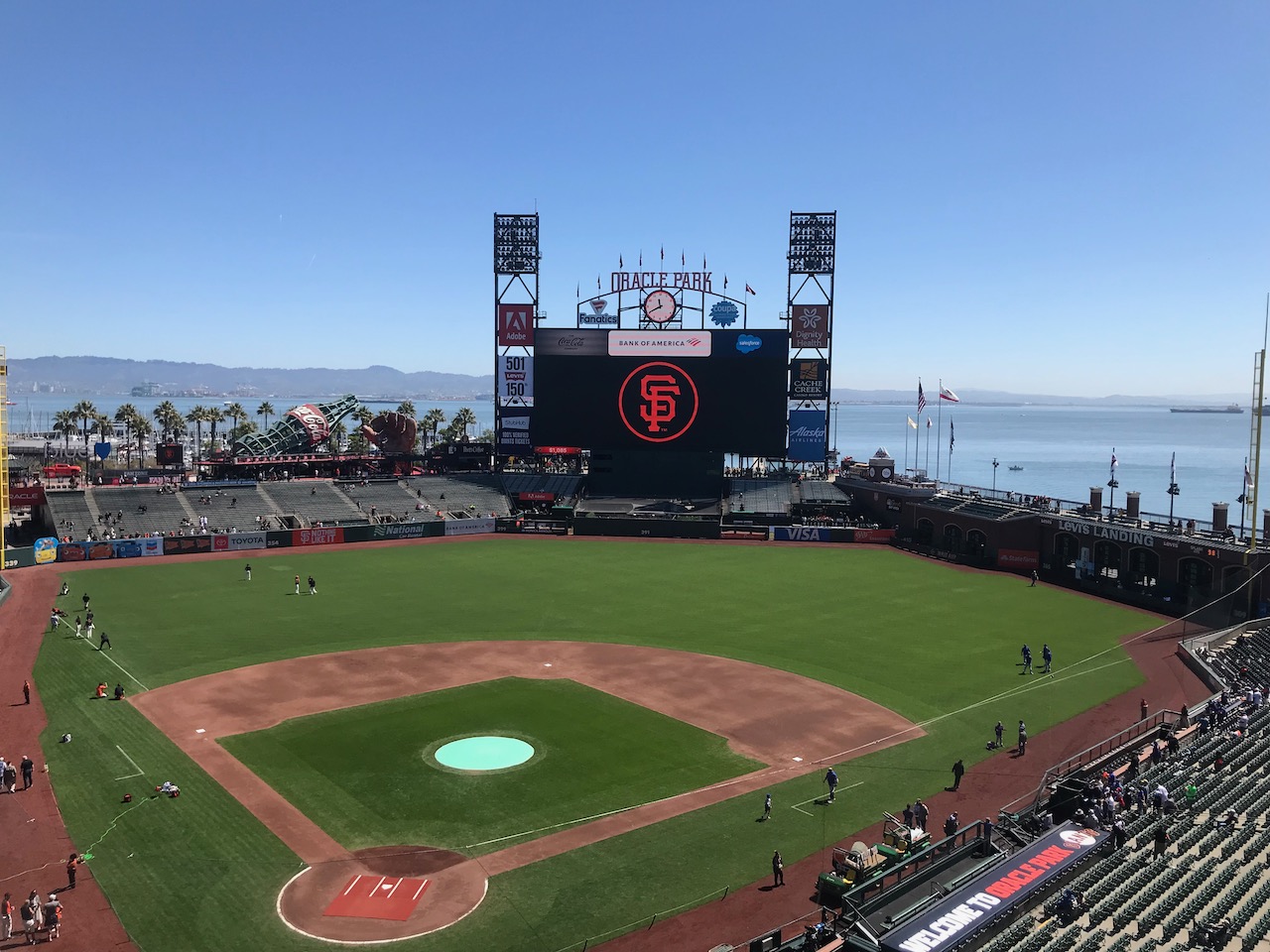
The San Francisco Giants, who pioneered fan-facing Wi-Fi in ballparks, are now leading the charge to the latest version of the standard with deployment of a new Wi-Fi 6E network at Oracle Park.
Coming a long way from the first Wi-Fi offerings in 2000 that required fans to bring laptops with Wi-Fi cards installed, this past offseason the Giants installed 879 new Wi-Fi 6E APs from Extreme Networks, replacing the Cisco gear there previously.

Giants senior vice president and chief information officer Bill Schlough said the equipment from Extreme Networks, managed by Comcast Business, promises to offer fast, reliable connection for devices throughout the ballpark for both fan-facing and operational, back-of-house applications. According to Schlough the new network was “a low mid-seven figure investment.”
Connectivity part of the live event experience
To encourage fans to show up to a live venue, “you need to provide a compelling experience on the field, provide good food, and good vantage points,” Schlough said. “But connectivity is also absolutely paramount so we weren’t going to compromise that. We want to continue to provide best-in-class connectivity for our fans. (When) you don’t have connectivity, it’s going to affect fans’ willingness and desire to come to your park, especially for baseball.”
With a capacity of 42,300, the San Francisco Giants welcome several million fans for baseball games each year. In addition to baseball the venue stays busy with other events, with this summer’s schedule including Dead & Company, the San Francisco Opera, LaLiga soccer (Atlético de Madrid vs. Sevilla FC and Real Betis vs. Real Sociedad) and K-pop group Blackpink.
Since the Giants have always prioritized having excellent fan-facing connectivity at their park, it’s no surprise that the team is at the forefront in embracing the latest version of the Wi-Fi standard. Though fans may not notice huge performance leaps initially, by moving to Wi-Fi 6E now Oracle Park should be well set to handle whatever demands fans have for the near future.
More spectrum means better performance
Wi-Fi 6E is the extension of the Wi-Fi 6 protocol (also known as 802.11ax) that supports the new spectrum bands in the 6 GHz range that the FCC approved for unlicensed use in 2020. What makes the spectrum especially appealing for stadium deployments is its wide amount of spectrum space, 1,200 MHz in all, which will allow for significantly wider bandwidth channels and theoretically much better and faster Wi-Fi connections.
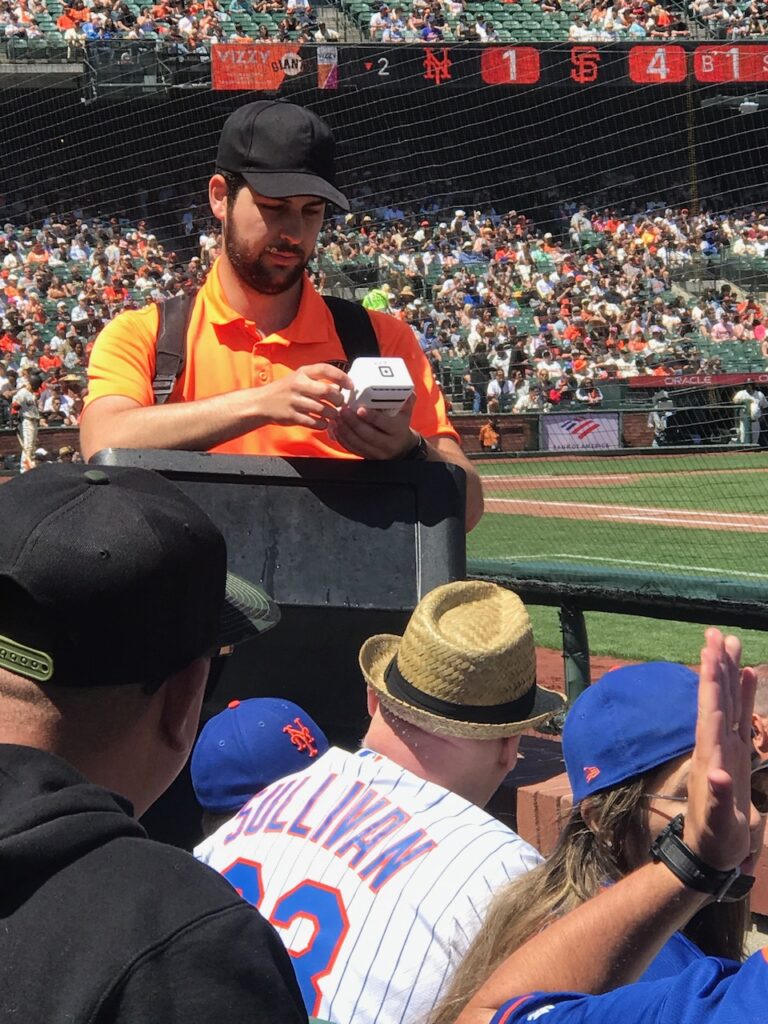
The only caveat right now is that the back-end gear like APs is out ahead of most mass-market phones; the iPhone 14, for example, does not support the Wi-Fi 6E bands. While some newer phones do support the 6 GHz bands (like the Google Pixel 6 and some of the Samsung Galaxy phones), most fans will likely need a device upgrade before they can experience the faster 6E services.
The good news for right now is that by moving just to the Wi-Fi 6 protocol there should be a performance increase from the past network, which was based on earlier versions of Wi-Fi. Schlough said the better-performing version of Wi-Fi actually allowed the Giants to reduce the number of Wi-Fi APs in the stadium, from a previous total of 1,521 APs to 879 now.
According to Schlough, the Giants did have to drill new holes in the seating floor to accomodate the new Extreme gear in under-seat enclosures. However, the old under-seat enclosures did not go to waste, as AT&T has been using them as it deploys more 5G cellular services to the stadium.
More performance, more use cases
Like the networks that preceded it, the Giants’ new 6E deployment will support modern conveniences including mobile ticketing and concessions, while also ensuring sufficient connectivity for future high-bandwidth experiences such as AR/VR and streaming. It is also foundational for next-generation services like biometrics to expedite lines even more at gates in the future.
“Our approach has almost always been, ‘let’s build the infrastructure and have the capability and then imagine the possibilities,’ as opposed to having the possibilities driving the infrastructure,” Schlough said.
At a game on April 22 versus the New York Mets, Stadium Tech Report found upload speeds for a regular, non-6E device to be as high as 142 Mbps for download and 134 Mbps upload (see chart, below). However, there were a few areas that did not test as well, including underneath the centerfield bleachers and along the right-field walkway by Levi’s Landing.
Schlough added that “we’ll (continue to) make modifications based on feedback and testing” and as more 6E devices become available, including the next Apple iPhone, fans should have even more reliable and faster connectivity — without having to bring a laptop with a card in it.
